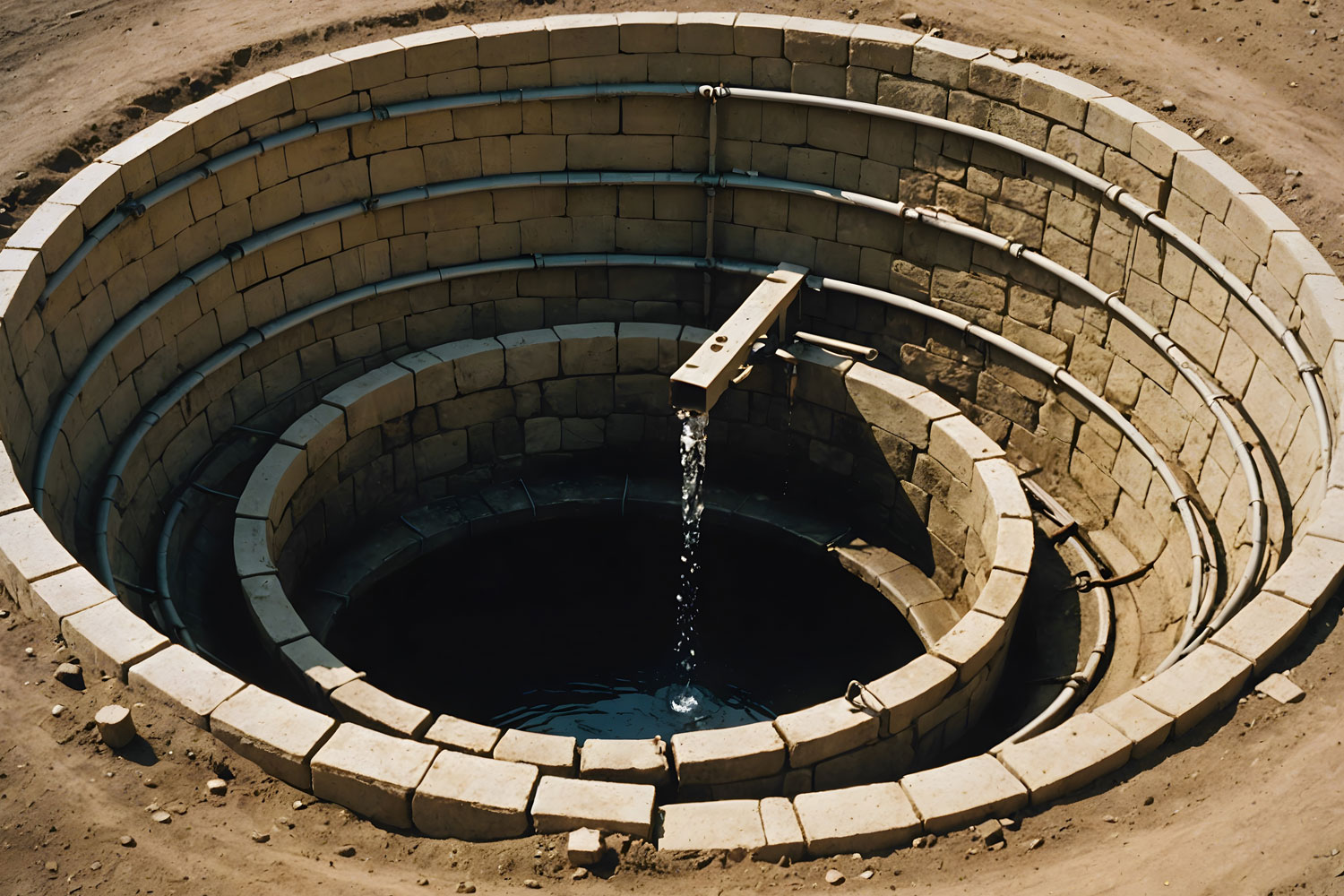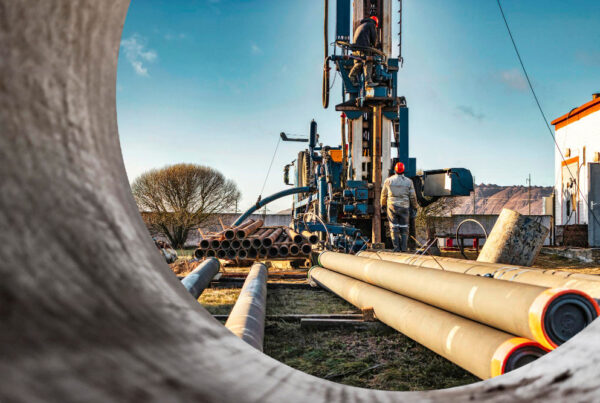Water wells are vital structures that provide access to groundwater for various purposes, including drinking water supply, agricultural irrigation, and industrial processes. This article delves into the diverse array of water well types, highlighting their designs, construction methods, and applications across different contexts.
Introduction to Water Wells
Water wells are cylindrical boreholes drilled into the earth’s subsurface to access aquifers, which are underground layers of permeable rock or sediment containing water. The design and construction of a water well depend on factors such as the depth of the aquifer, the volume of water required, and the geological conditions of the site.
Types of Water Wells
1. Dug Wells: Dug wells, also known as shallow wells, are traditionally constructed by excavating a large hole in the ground until the water table is reached. These wells are lined with brick, stone, or concrete to prevent collapse and contamination. Dug wells are suitable for shallow aquifers and are commonly used in rural areas.
2. Driven Wells: Driven wells are constructed by driving a narrow pipe or casing into the ground using a heavy hammer or a machine. These wells are typically used in areas with sandy or loose soil conditions where drilling is impractical. Driven wells are relatively shallow and may require periodic maintenance.
3. Drilled Wells: Drilled wells are created using drilling rigs equipped with rotary or percussion drills to penetrate the earth’s subsurface. These wells can reach greater depths and access deeper aquifers compared to dug or driven wells. Drilled wells are commonly used in urban, agricultural, and industrial settings.
4. Artisanal Wells: Artisanal wells are hand-dug or drilled wells often found in rural or remote areas where access to modern drilling equipment is limited. These wells are typically constructed using simple tools and techniques by local communities to access groundwater for domestic use.
5. Tube Wells: Tube wells consist of a perforated tube or casing installed into the ground to allow water to flow into the well from surrounding aquifers. They are commonly used in agricultural irrigation systems to provide a reliable source of water for crops.
Construction Methods
The construction of water wells involves several steps, including site selection, drilling or excavation, casing installation, well development, and pump installation. The choice of construction method depends on factors such as geological conditions, water quality requirements, and budget constraints.
Conclusion
Understanding the different types of water wells and their construction methods is essential for ensuring reliable access to groundwater resources for various purposes. Whether it’s a dug well in a rural village or a drilled well in an urban area, each type of water well serves a critical role in providing access to clean and safe drinking water. By exploring different designs and construction methods, communities can make informed decisions to meet their water needs sustainably.






